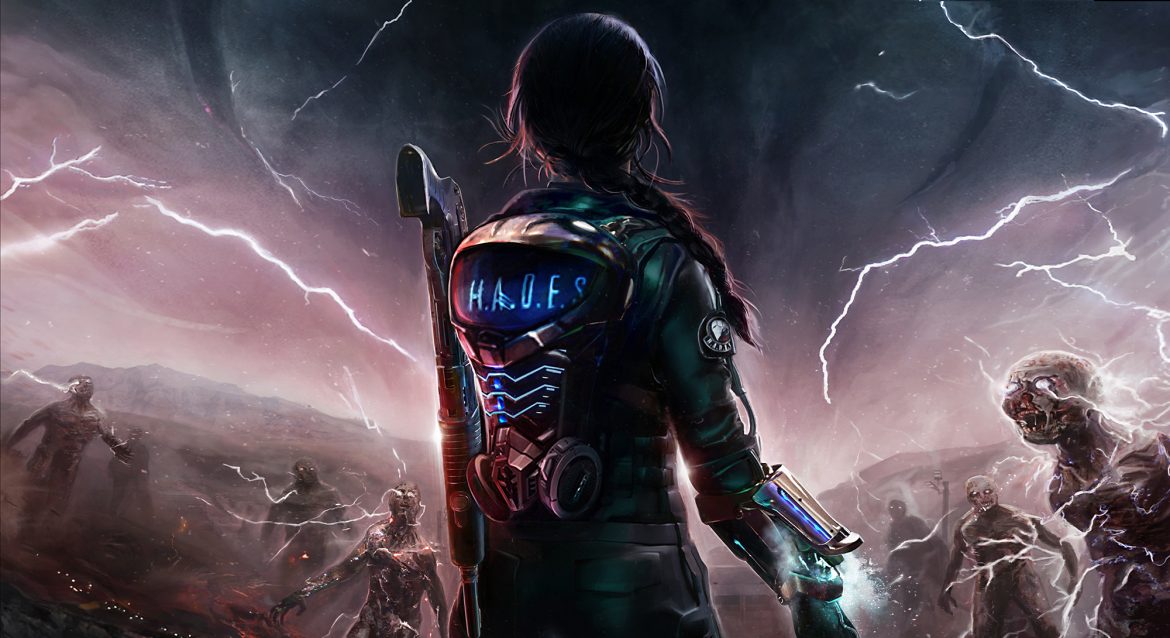TL;DR
Dive into Daymare: 1994 Sandcastle, a prequel where Special Agent Dalila Reyes faces a catastrophic experiment and untrustworthy allies. While the game boasts stunning graphics and a chilling horror atmosphere, drawing clear inspiration from Resident Evil, it suffers from frustrating movement restrictions and a lack of mid-game difficulty adjustments. These design choices can lead to tedious gameplay, especially during challenging boss fights. Discover if these issues overshadow the atmospheric horror and intense combat by reading the full review!
Daymare: 1994 Sandcastle serves as a prequel to 2019’s Daymare: 1998, casting players as Special Agent Dalila Reyes. Agent Reyes, along with a specialized team, is dispatched to investigate a research facility that has ceased communication. Upon arrival, they discover a catastrophic experiment, leaving the facility populated by either corpses or transformed, hostile entities. This already challenging mission is further complicated by Reyes’s struggle to discern whom she can trust, all while facing a rapidly diminishing timeframe.
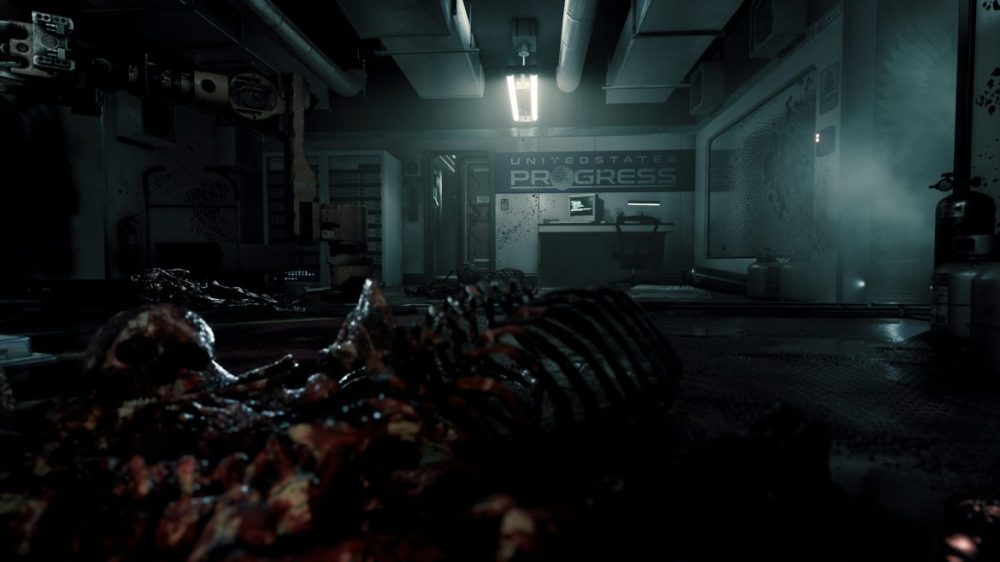
The original title, Daymare 1998, began its life as a fan-driven remake of Resident Evil 2 Reborn. This project garnered significant attention, even leading to an invitation for the development team to visit Capcom. Ultimately, the collaboration did not materialize, prompting the Daymare team to embark on creating their own intellectual property, which eventually became Daymare 1998 after numerous iterations.
Now, four years later, Daymare 1994: Sandcastle has arrived. During my initial playthrough, unaware of its Resident Evil origins, I noted the distinct similarities in certain design elements. These included designated save points and enemies bearing a striking resemblance to zombies, despite their altered appearance.
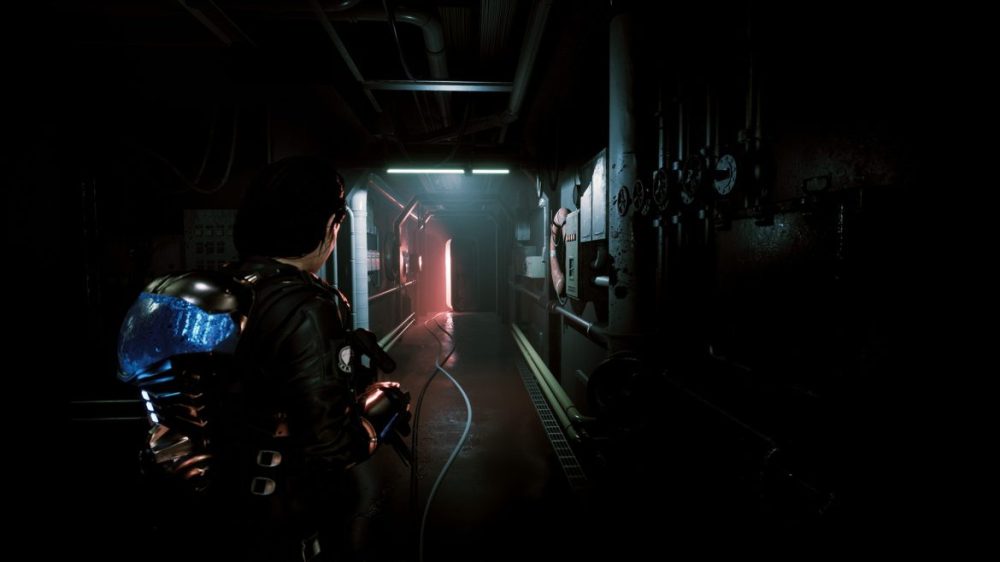
Daymare 1994: Sandcastle acknowledges its influences by directly referencing Resident Evil, effectively owning the similarities. For example, the save prompt includes a line that, to paraphrase, states; “And you don´t even need to have a ribbon!” Furthermore, the protagonist wields a freeze weapon reminiscent of the Proton Pack from Ghostbusters. The game creators further demonstrate their self-awareness through dialogue referencing lines from the films.
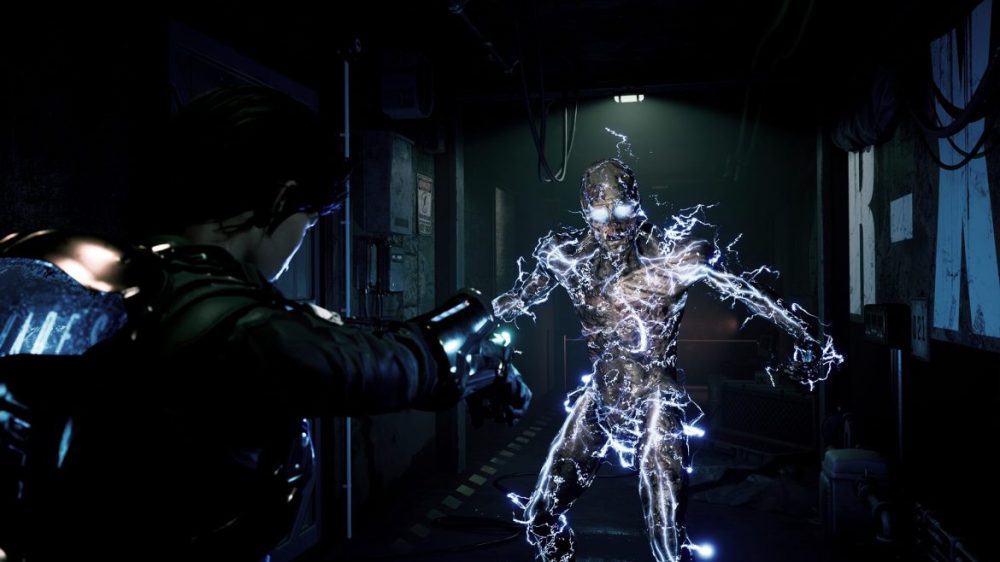
The game exhibits well-crafted graphics and environments, establishing a palpable horror atmosphere from the outset. While the initial pacing is somewhat deliberate, the action escalates considerably, resulting in intense and engaging gameplay. However, certain issues arise later in the experience…
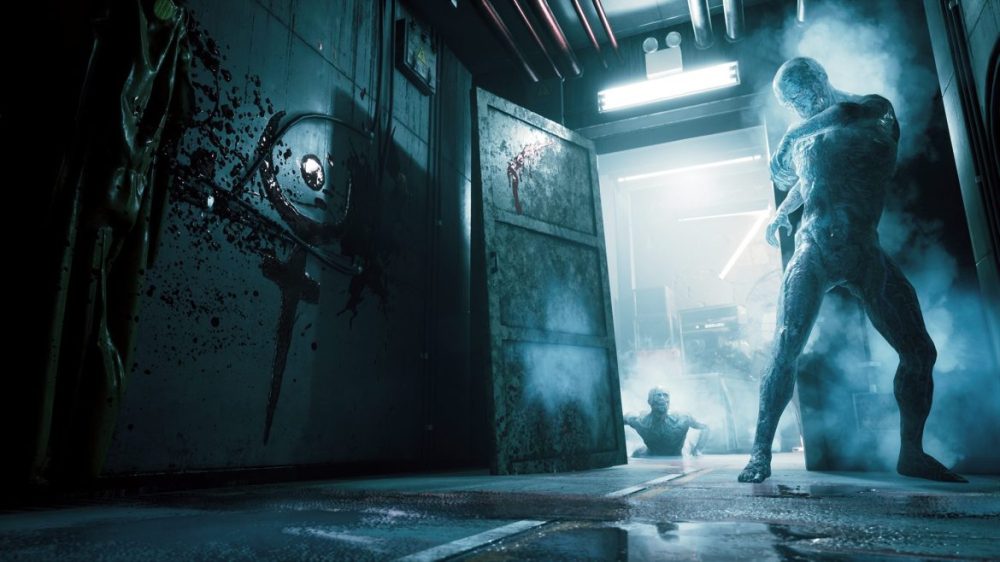
As previously mentioned in several reviews, most recently Kona II: Brume, the inability to jump freely and overcome seemingly trivial obstacles can be frustrating. Daymare 1994: Sandcastle amplifies this issue. The game not only restricts jumping, but also limits the ability to sprint in specific scenarios. One particular sequence requires traversing three descending platforms. While ample time exists to reach the subsequent platform by sprinting, the game inexplicably restricts movement speed, resulting in failure. The freedom to jump and run would easily circumvent this obstacle. Instead, players are forced into a protracted detour, involving platform reactivation, cooling procedures, and combat encounters. This design choice feels restrictive, preventing players from employing simple solutions and instead forcing them along a predetermined, unnecessarily lengthy path.
Another significant drawback is the inability to adjust the difficulty level mid-game, forcing players to adhere to their initial selection. Certain boss encounters prove excessively difficult, necessitating repetitive grinding. This design choice, seemingly predicated on the assumption that players enjoy prolonged, circular combat against overpowered enemies, detracts from the overall experience and diminishes the desire to continue playing.
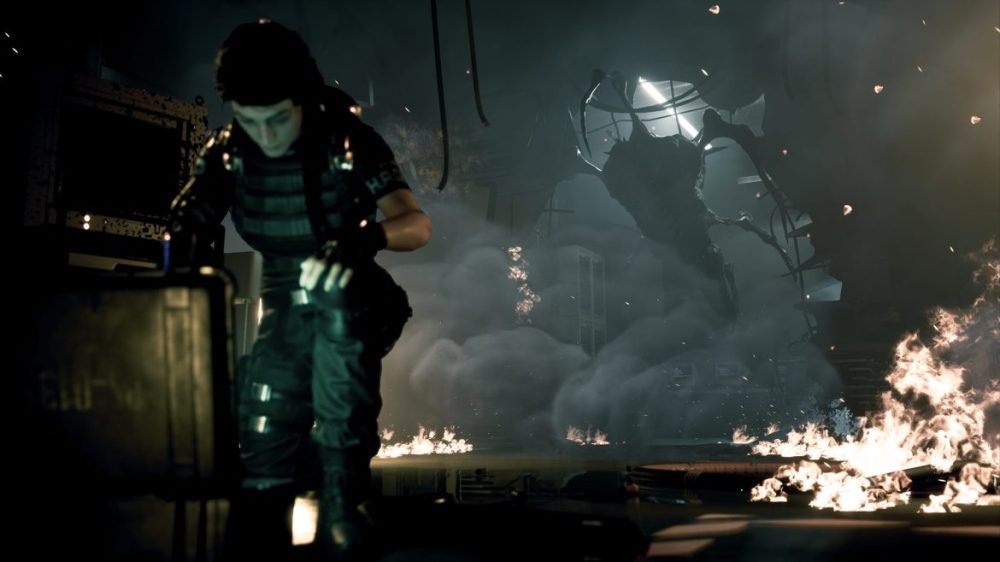
In conclusion, Daymare 1994: Sandcastle presents a visually appealing and well-crafted experience, featuring compelling environments and intense combat sequences. However, the presence of several frustrating design flaws prevents the game from achieving a full recommendation.
Invader Studios provided a review code for this evaluation. Provision of material does not influence editorial decisions.
